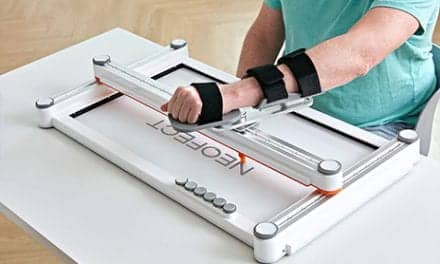Researchers from University of Oxford suggest that the application of a low electric current to the brains of poststroke patients may help improve their hand and arm function.
The scientists—professor Heid Johansen-Berg and Dr Charlotte Stagg from Oxford’s Nuffield Department of Clinical Neurosciences—used a variant of transcranial direct current stimulation called ipsilesional anodal tDCS, where a positive (anodal) current is applied on the side of the brain where damage has occurred, according to a media release from the University of Oxford.
In their study, the duo divided 24 poststroke patients into two groups while receiving 9 days of motor training: one who received tDCS during their training, and another who were fitted with electrodes but did not receive tDCS (control group).
Before, and at various times up to 3 months after their training, the participants’ motor skills were assessed to check for improvement, according to the release.
“Three months after training, the group that had received tDCS had improved more on our clinical measures than those in the control group. This showed that the patients who had received tDCS were better able to use their hands and arms for movements such as lifting, reaching and grasping objects,” says Johansen-Berg in the release.
The participants also underwent MRI scanning, which according to the researchers, showed that the group who received tDCS had more activity in the relevant brain areas for motor skills than the control group, per the release.
The researchers conclude in the release that evidence points to the use of tDCS to aid stroke recovery but caution that it must be proven to have long-term benefits not only in clinical measurements but also in the ability to carry out daily life tasks.
The study was published recently in Science Translational Medicine.
[Source(s): University of Oxford, EurekAlert]




